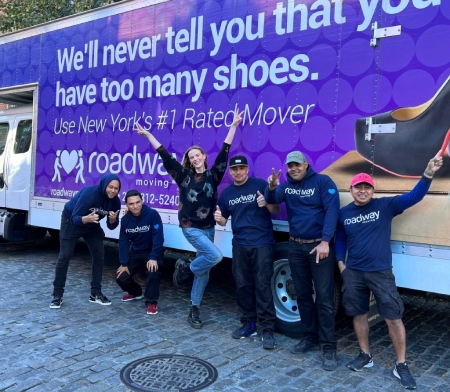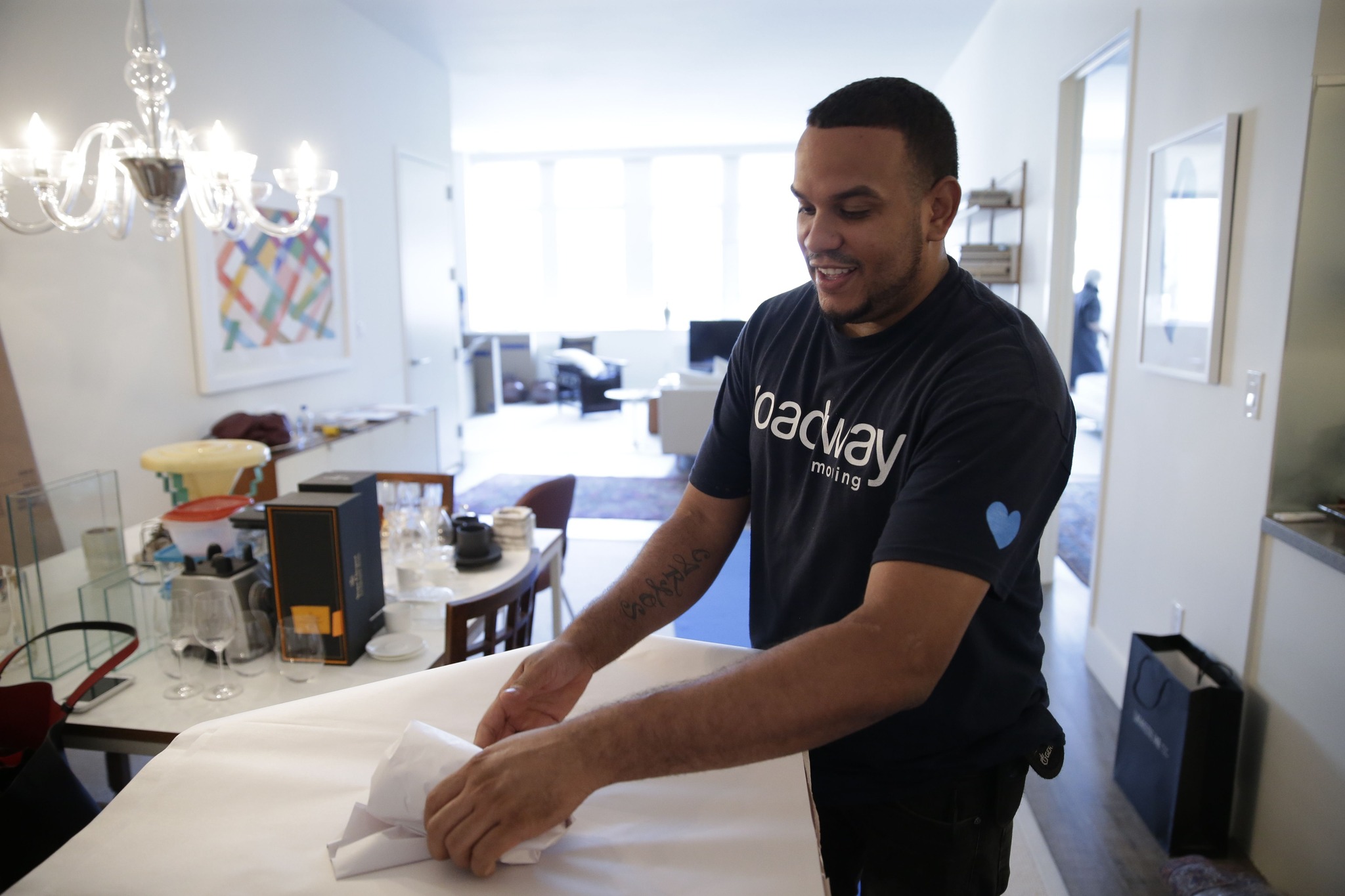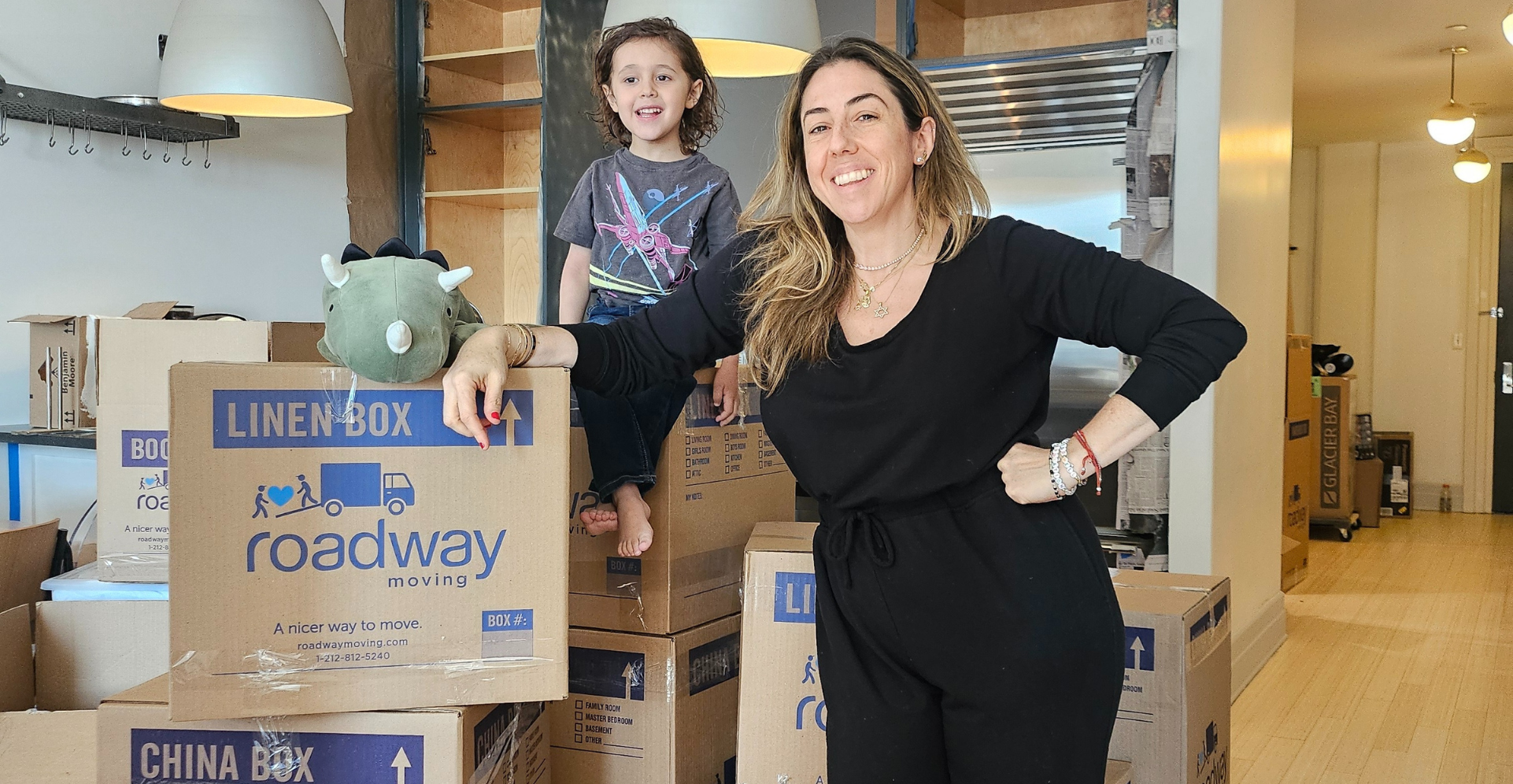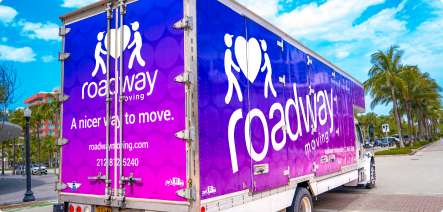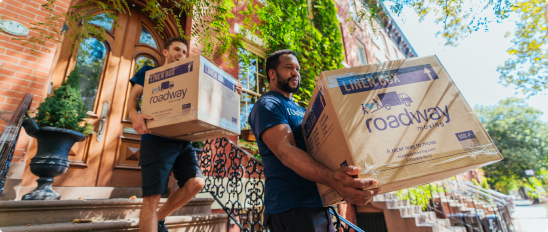How to Avoid Damages When Moving Appliances to Your New Home






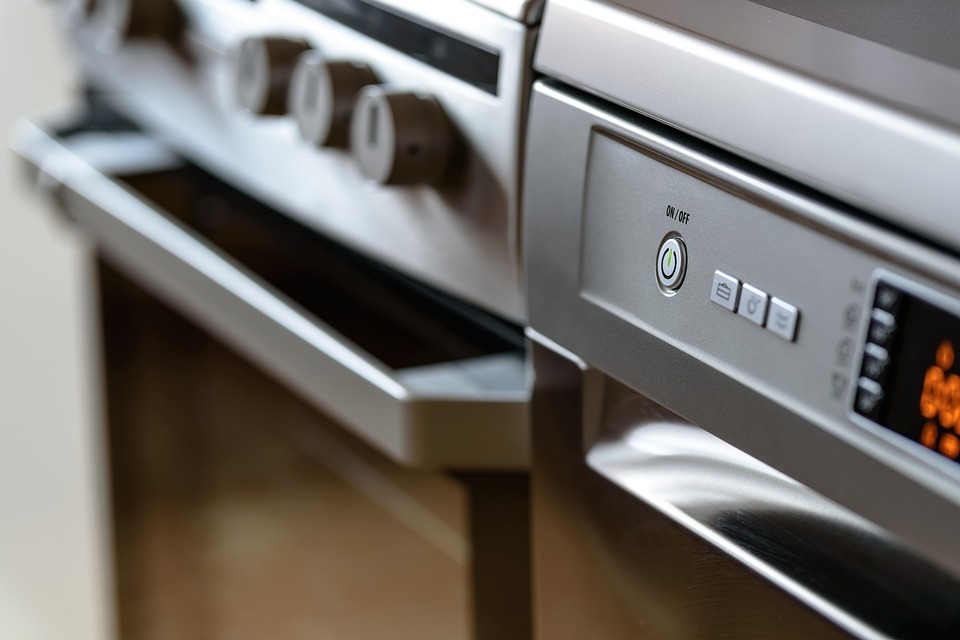
If your moving day is fast approaching and you’re planning on moving appliances from your old home to your new home, you likely have a few key concerns on your mind.
You want to avoid damaging your new home during the move while also avoiding damage to the appliances being transported. Avoiding injuring yourself or anyone else during the process is also a top priority.
With their size, appliances present quite the challenge to move, which is one reason homes are often sold with the current appliances. If you’ve decided your appliances are coming with you, here’s how you can ensure a damage-free move.
Have Your Route Ready
When we say route, we mean how you’re going to take each appliance from the moving truck into your new home.
This is when you can plan for any potential obstacles along the way. For example, will you need to navigate up any stairs? What angle will each appliance need to be at to fit through the door to your home? Will you need to remove the door to fit an appliance through the doorway?
Figure out what equipment you’ll need to make the move as easy as possible. Measure each appliance and the doorway of your new home to verify that everything will fit.
Prepare the Floor at Your New Home
Although appliances can damage your new home, some stray dirt or a few small rocks in the area where you set down an appliance can do even more harm. Spend an hour or two getting your new home clean, paying particular attention to the areas where you’ll be placing appliances.
To keep your floor from getting scratched, it’s also a good idea to put a layer of protection over it. Many people use cardboard, but this can still cause small scratches. Better options include leftover sections of carpet or even temporary flooring.
Get Each Appliance Ready for the Move
To ensure that all your appliances are dry and ready for the move, it’s a good idea to start prepping them at least 24 hours in advance. Here’s how to prep specific appliances:
For a washing machine, unplug the power cord and disconnect its hoses. Open the door and let it air out for 24 hours. Secure the door so it stays shut while you move it. For a dryer, you just need to clean the lint screen and secure the door.
Your refrigerator will likely require the most preparation. You’ll need to take any remaining food out and put it in a cooler, although it’s easier if you plan ahead so you don’t have much food left in the fridge by moving day. Disconnect the power cord and clean the entire fridge, then open the door so it can air out for a full 24 hours. Secure the door. Fridge door handles often make fridges difficult to fit through doorways, which means you may want to remove the handle.
For a dishwasher, disconnect the hoses and give it 24 hours with the door open to air out. Make sure all the racks are secured so they don’t rattle around during the move.
With a stove, you just need to turn the power off, take out the grates and racks, and clean it. Secure the door.
Make Sure You Have the Right Equipment
Carrying appliances long distances is no fun. Make the job easier by either buying or renting moving equipment.
An appliance dolly is your best friend when moving appliances. Use furniture straps to keep your appliances attached. These can also make it easier for you and a partner to lift heavy appliances together.
If you are worried about an appliance dolly scratching the floor in your new home, sliders are a floor-safe way to move appliances.
Any bumps along the way can lead to your appliances getting damaged. To prevent this, make sure you have furniture blankets to throw over every appliance.
Have People There to Help
You’ll need at least one other person there with you to help carry most appliances. Even when you’re using an appliance dolly, you’ll need to load and unload the appliance on that and on the moving truck.
Our moving safety tips should always be kept in mind. Ideally, you should have two or three people there to lighten the load, since moving appliances gets exhausting. You and your helpers should wear comfortable shoes and clothes. Gloves may also be a good idea.
If you follow these steps, you should find that moving your appliances to your new home is a manageable task. Don’t forget that there’s always the option of hiring professional movers. They will get everything moved to your new home safe and sound.
Ready to move? Get started with a free moving quote today!


